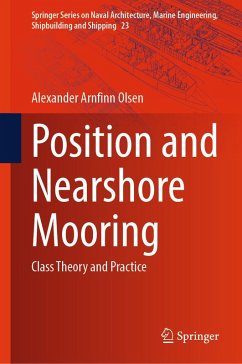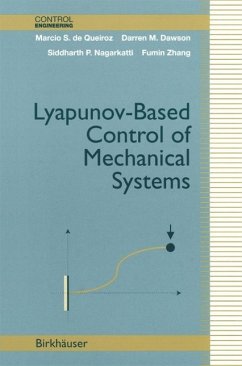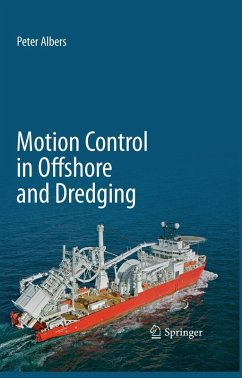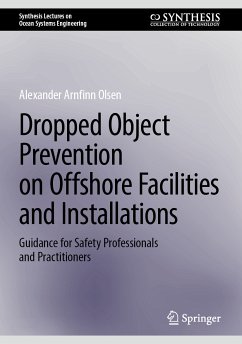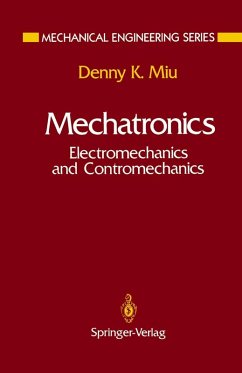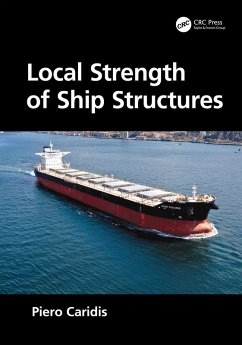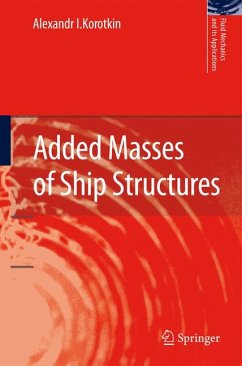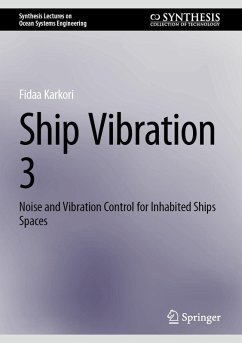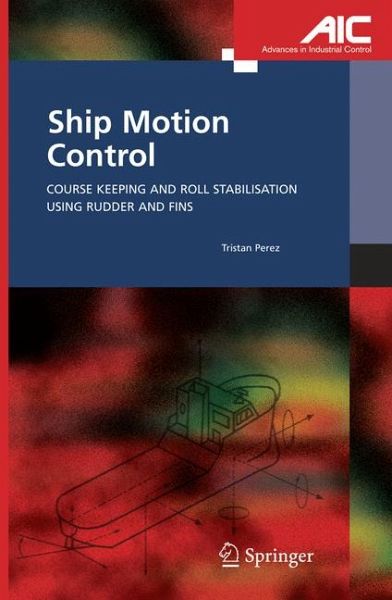
Ship Motion Control (eBook, PDF)
Course Keeping and Roll Stabilisation Using Rudder and Fins
Versandkostenfrei!
Sofort per Download lieferbar
175,95 €
inkl. MwSt.
Weitere Ausgaben:

PAYBACK Punkte
88 °P sammeln!
Demand for this book will come from practising naval engineers who need the latest research in stabilization for their designs, from academic control engineers working with stabilization systems and from academics and students in control or marine engineering looking for up-to-date background or for ideas for academic project work.
Dieser Download kann aus rechtlichen Gründen nur mit Rechnungsadresse in A, B, BG, CY, CZ, D, DK, EW, E, FIN, F, GR, HR, H, IRL, I, LT, L, LR, M, NL, PL, P, R, S, SLO, SK ausgeliefert werden.




